Our History
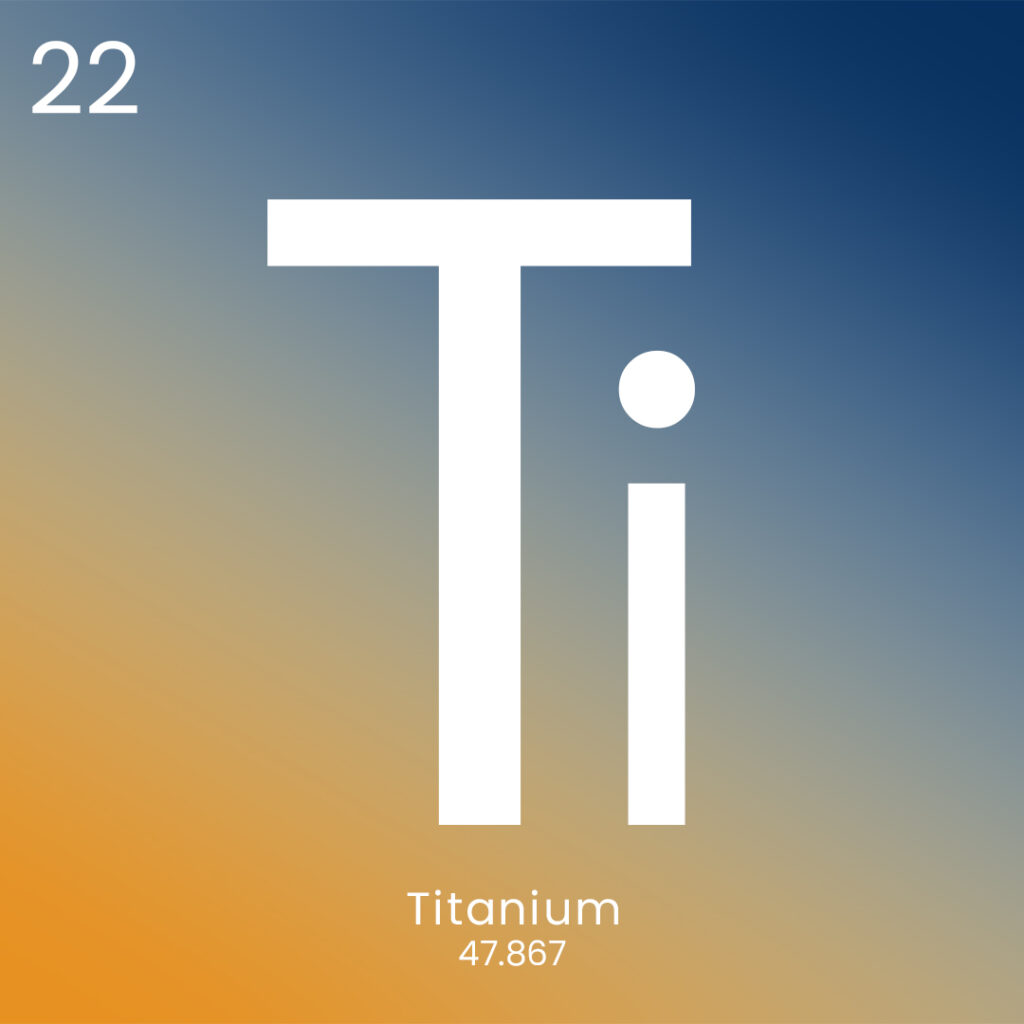
Dr. James Monroe discovers negative coefficient of thermal expansion alloys as a graduate researcher.

Dr. Monroe takes part in the National Science Foundation's "business boot camp for scientists" to determine if there is a market need for negative thermal expansion materials.

ALLVAR is founded to ensure negative thermal expansion alloys evolve from a scientific novelty sitting on the lab bench to useful technology for society.
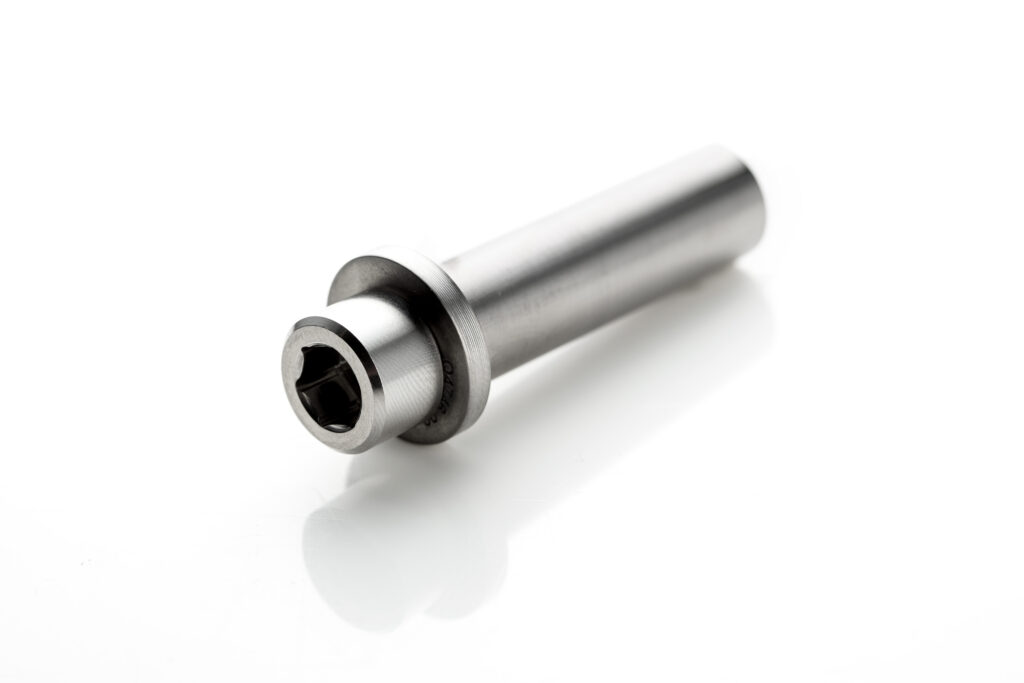
Multiple candidate materials are explored to see if they are worth pursuing. ALLVAR Alloy 30 is selected and developed.

ALLVAR discovers a product market
fit for athermalization of optics at
SPIE Photonics West in January 2016.
NSF SBIR Phase II
ALLVAR Alloys are scaled from small pieces of material to round bar and tube for optics applications.

ALLVAR Alloys officially enters the market with its first sale.
NSF TECP (Technology Enhancement for Commercial Partnerships) ALLVAR works with expert optical designers to create the first ALLVAR enabled athermal optic proof of concept.
NASA SBIR Phase I
ALLVAR begins characterizing the long-term stability of ALLVAR Alloys in preparation for studying the use of ultra-stable struts.
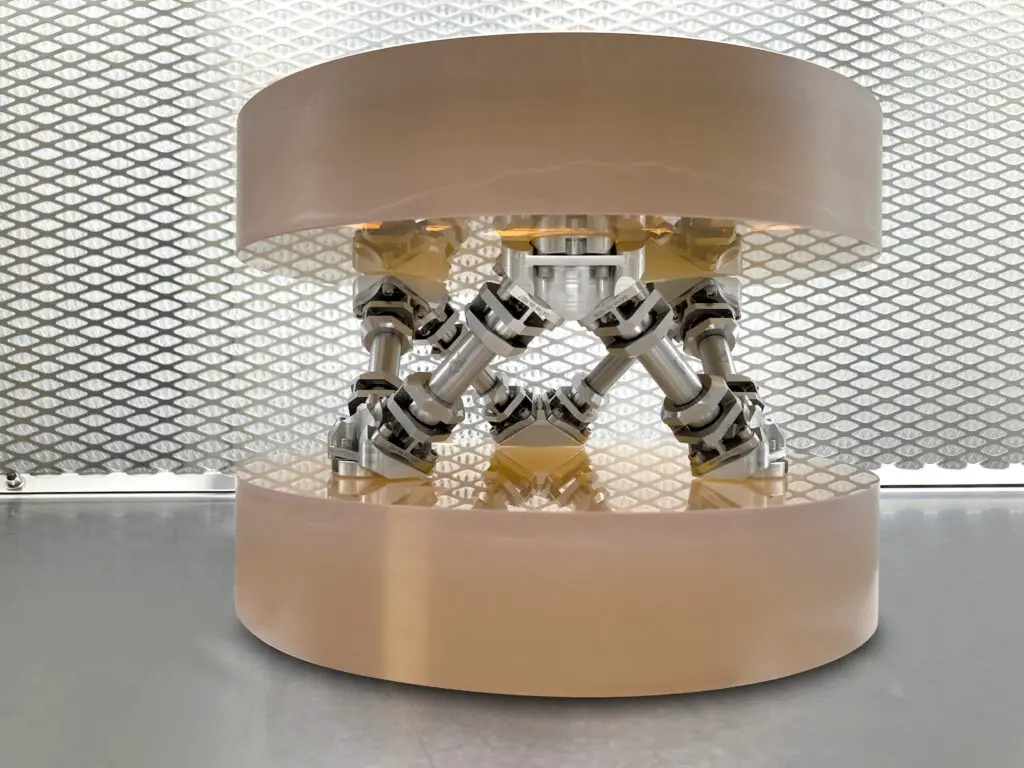
ALLVAR enabled ultra-stable
struts are created in collaboration with Quartus Engineering and the University of Florida LIGO research group.

ALLVAR develops a high temperature negative thermal expansion alloy - ALLVAR Alloy HT.
Although not yet commercially available, ALLVAR Alloy HT raises the upper operating temperature of ALLVAR Alloys to 250°C.
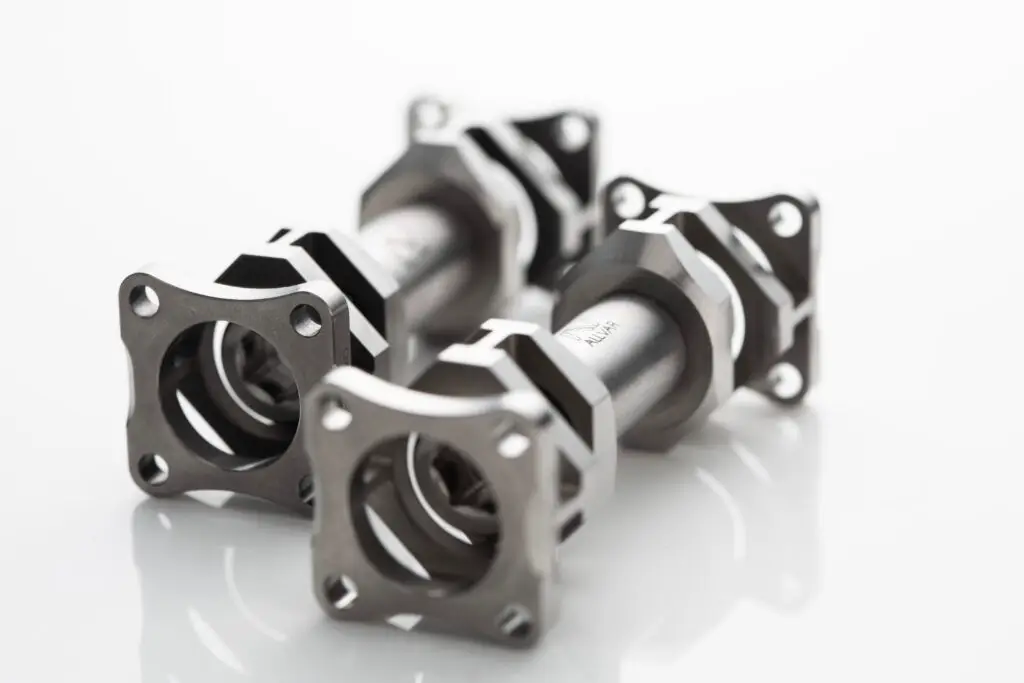
ALLVAR works to scale ALLVAR Alloy athermal struts to meter+ lengths capable of supporting large telescopes and metering structures.
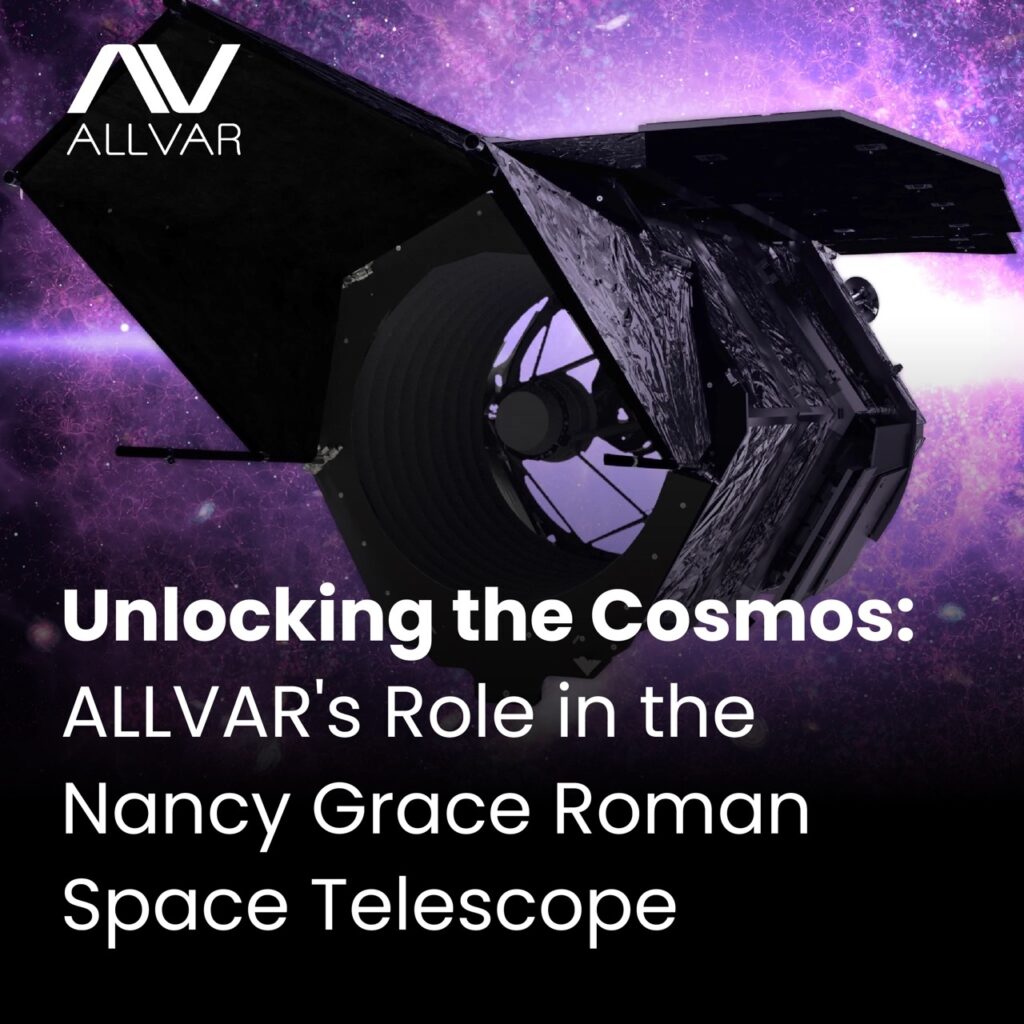
ALLVAR
Alloy 30 washers are being integrated into the Cryogenic Thermal Subsystem that cools the Coronagraph Instrument on the Nancy Grace Roman Space Telescope. Learn more about how ALLVAR Alloys are being used to improve thermal conductivity here.

In the hands of innovative researchers, designers, and engineers, ALLVAR Negative CTE Alloys are enabling novel, smaller, lighter, and more reliable designs in optics, cryogenics, scientific instrumentation, and other industries.
We do not know what else the future may hold for ALLVAR Alloys, but we do know that after 10 years we feel stronger than ever that negative CTE alloys are much more than a scientific novelty.
